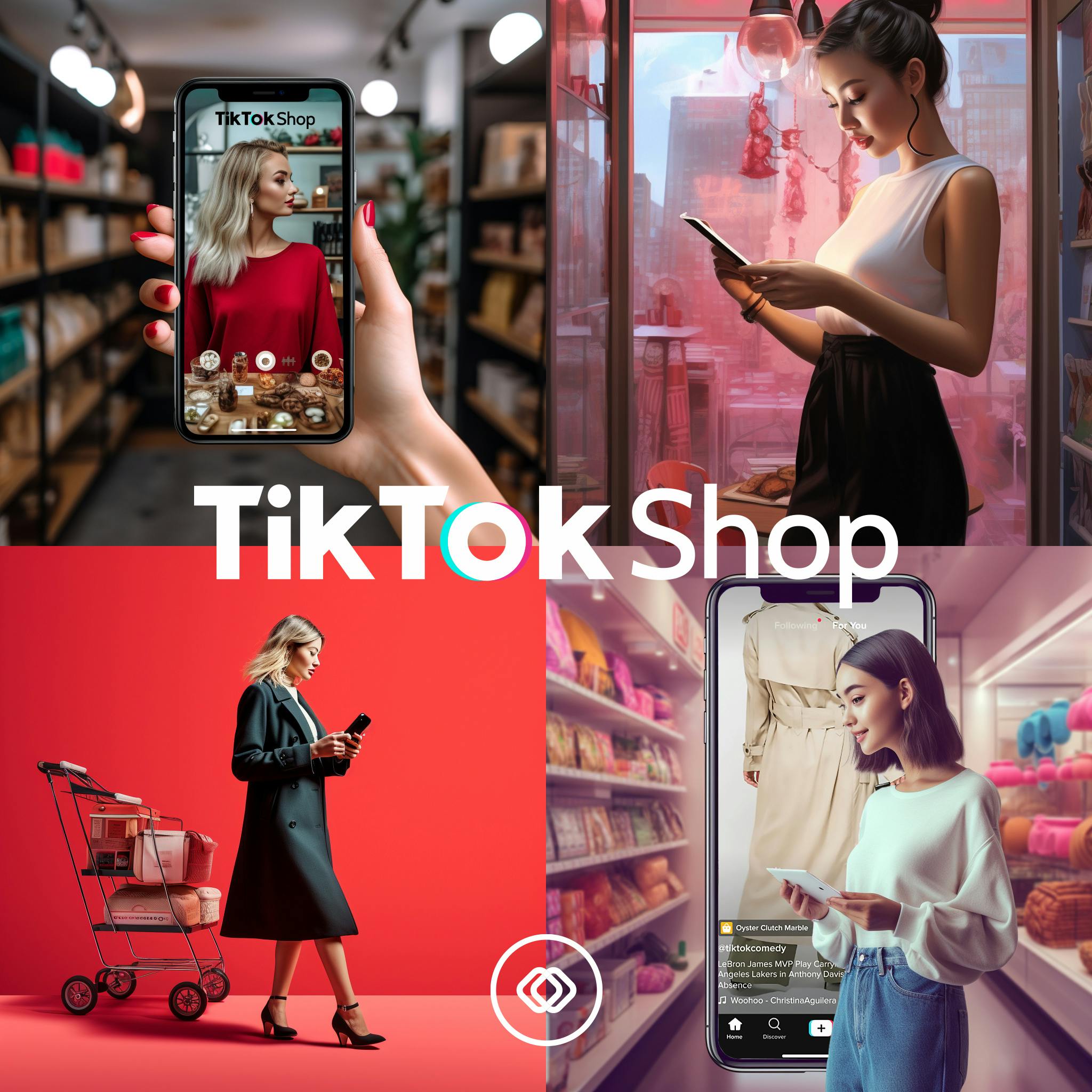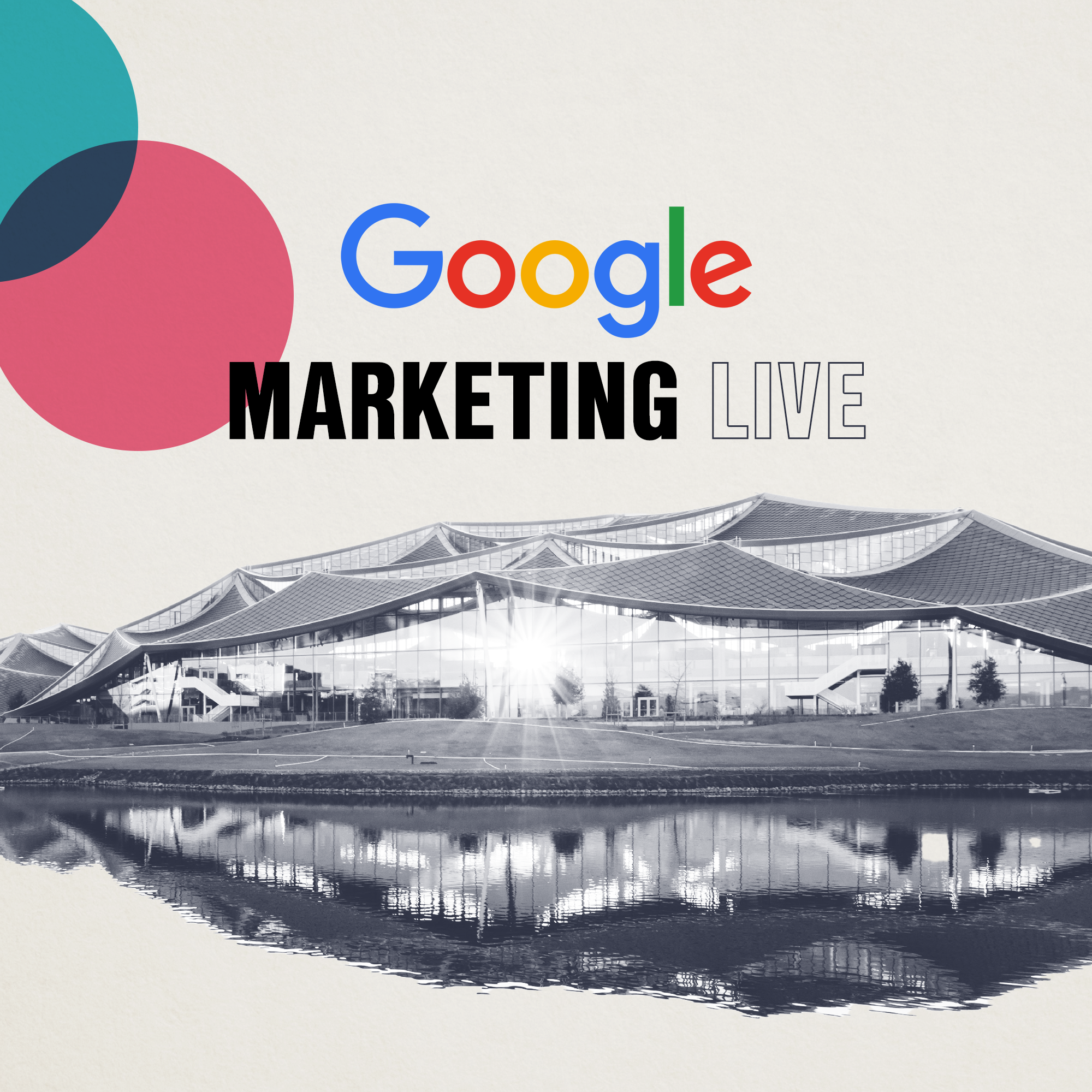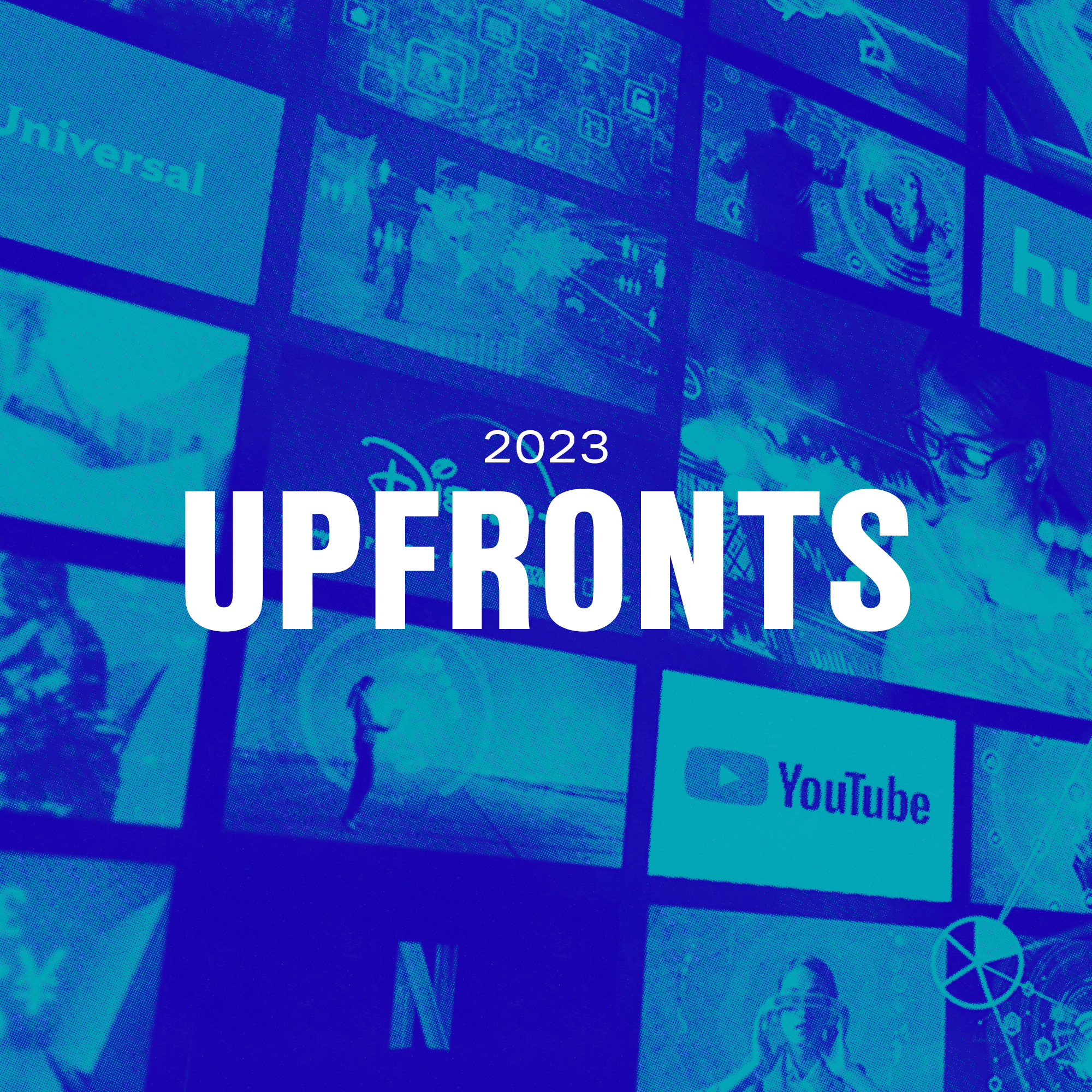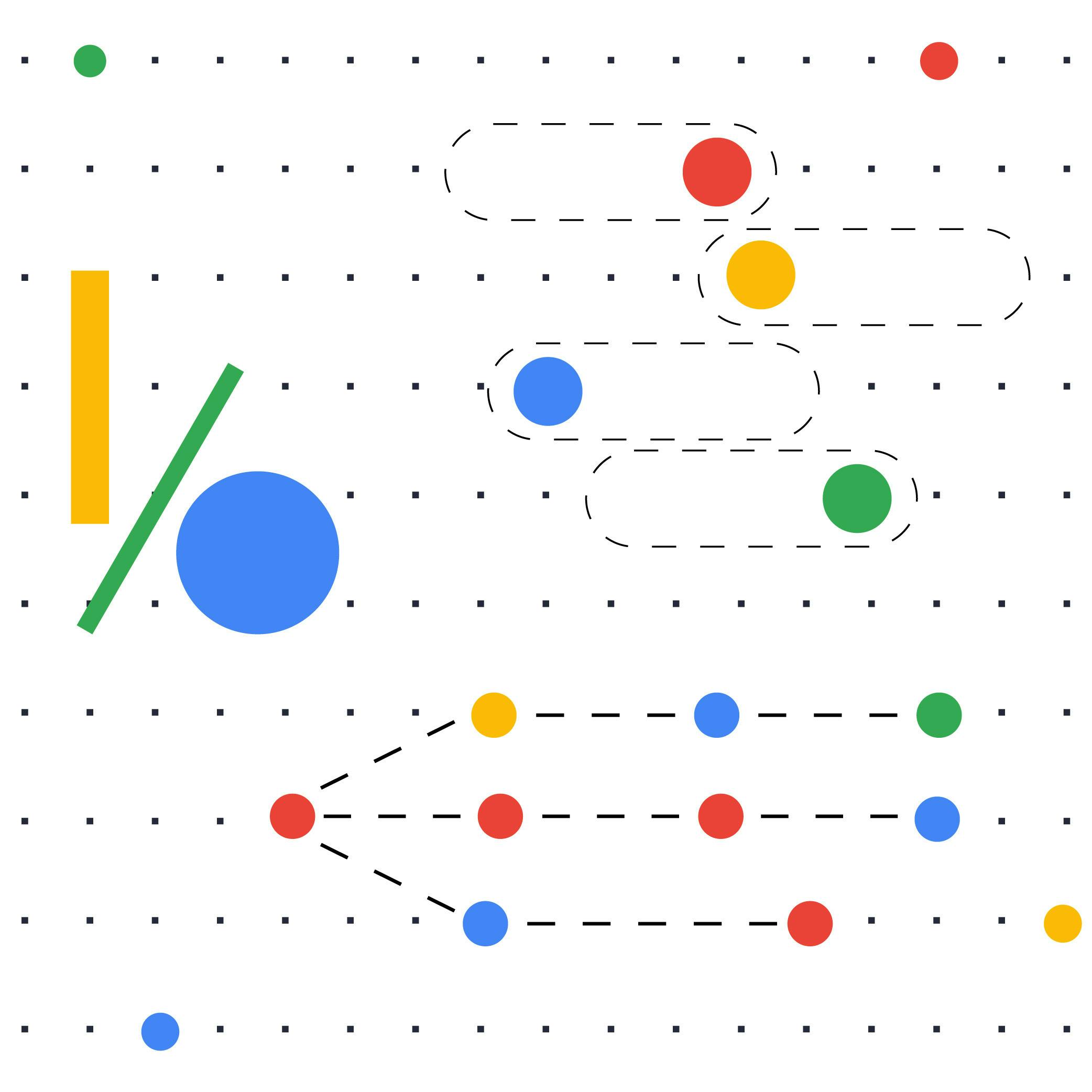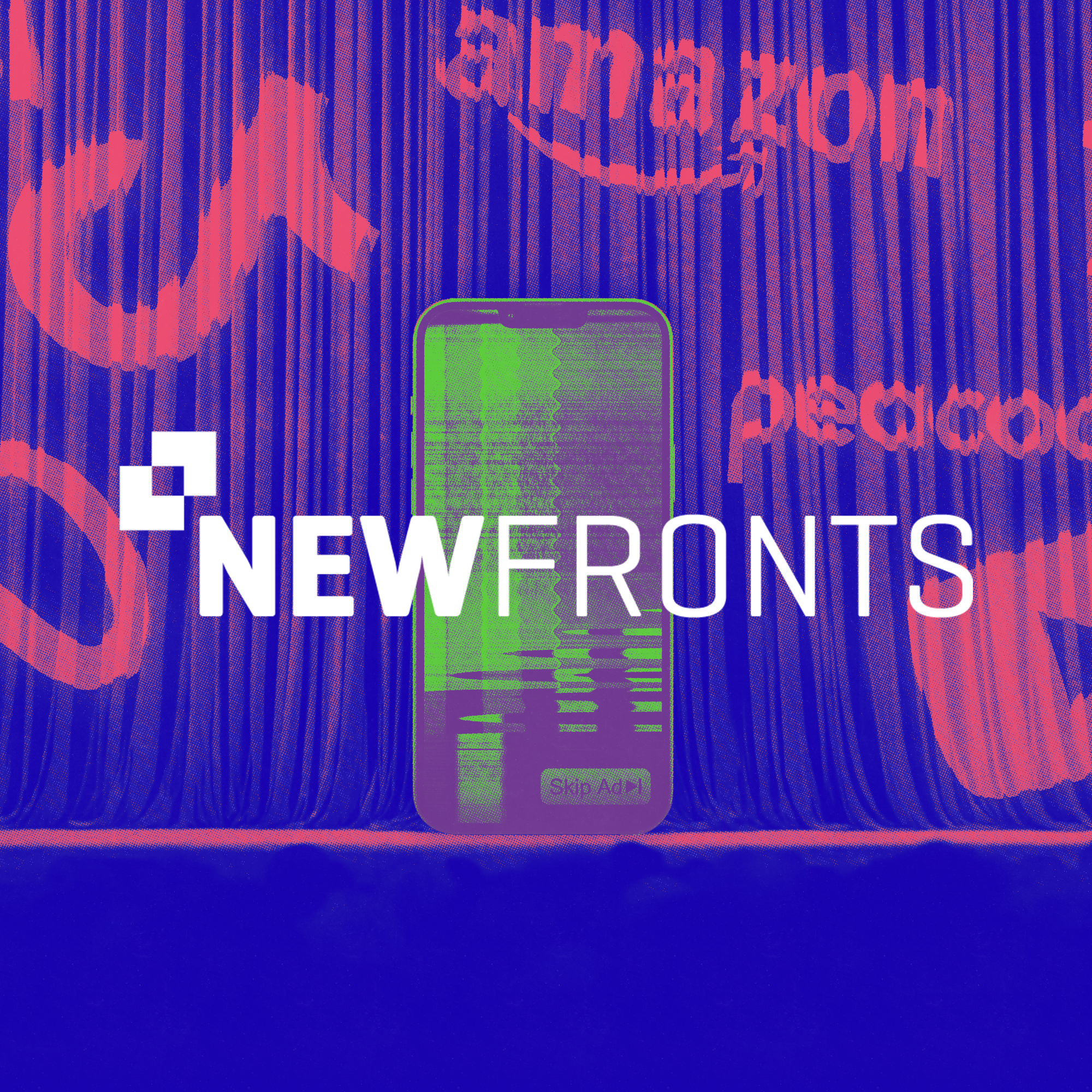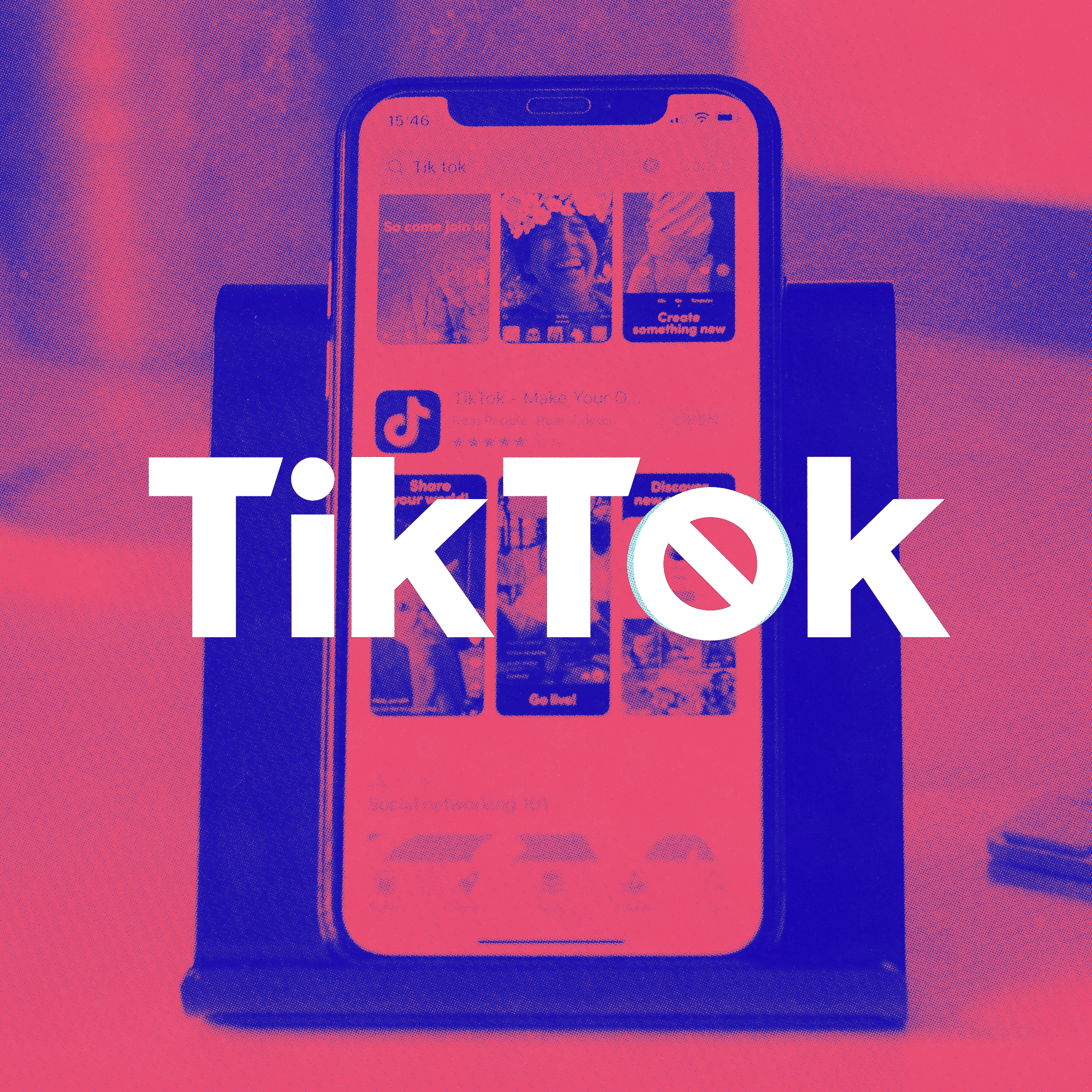Accessibility Tools
PMG Digital Made for Humans
Meta Misses the Mark in Quarterly Earnings While Amazon, Snap, and Google Shine
7 MINUTE READ | February 11, 2022
Meta Misses the Mark in Quarterly Earnings While Amazon, Snap, and Google Shine
Abby Long
Abby manages PMG's editorial & thought leadership program. As a writer, editor, and marketing communications strategist with nearly a decade of experience, Abby's work in showcasing PMG’s unique expertise through POVs, research reports, and thought leadership regularly informs business strategy and media investments for some of the most iconic brands in the world. Named among the AAF Dallas 32 Under 32, her expertise in advertising, media strategy, and consumer trends has been featured in Ad Age, Business Insider, and Digiday.
Recent quarterly earnings from big tech companies delivered many ‘firsts’ for the industry while shedding light on how platforms like Amazon, Facebook, Google, and Snap are faring amid regulatory scrutiny and changing consumer trends. Meanwhile, in the race to power a more immersive (and privacy-focused) digital experience, big bets on the metaverse and web3 future are taking many forms, and receiving mixed reviews from analysts and shareholders.
Coming out of last week’s lineup of Big Tech earnings reports, Facebook parent Meta continues to be a prominent topic of conversation—and speculation—as the earnings call offered a closer look at the investments it is making in building the metaverse. For the first time in the company’s history, Meta shared the results of its hardware division, dividing financial reporting into two segments: Family of Apps (FoA), which includes Facebook, Instagram, Messenger, and WhatsApp, among other services, and Reality Labs (RL), Meta’s AR and VR consumer hardware, software, and content division. Analysts speculate this segmenting structure is a sign of the times as Meta works to shift its core business into a metaverse company, with FoA encompassing web2 technologies and RL focused on shaping the future of digital.
Since Meta founder and CEO Mark Zuckerberg announced the parent company rebrand from Facebook to Meta last year, the company has gone all-in on building the metaverse, accelerating an internal digital transformation, with a company restructure and hefty capital investments into web3 talent and technology. In total, Meta invested more than $10 billion into Reality Labs in 2021, spending that “dragged down Meta’s quarterly profits, which fell eight percent to $10.3 billion…even as revenue rose 20 percent to $33.7 billion,” according to The New York Times. Wall Street analysts predicted profits would reach $10.9 billion on $33.4 billion in revenue. As analysts noted, “The results were highly unusual for a company that for years has churned out stellar financial performances.”
As Meta begins the difficult transition from social platform to metaverse company by building technology that is years away from mass adoption, it finds itself in a perfect storm. While Reality Labs finds its footing in the market, the company’s primary revenue stream—Meta’s family of apps—faces regulatory hurdles and platform competitors like TikTok and Snap attracting the next generation of users, while Meta’s advertising business struggles with the downstream effects of Apple’s privacy changes on advertiser performance and measurement.
“With so many industry changes occurring in tandem, we’ve been keeping an extremely close eye on any fluctuations in performance and spend across social platforms within our portfolio. We continue to see Facebook and Instagram as a powerful and important part of a brands’ social media strategy, and we haven’t seen advertiser interest decline in light of the Meta rebrand and transformation into a metaverse company,” said Carly Carson, director of social at PMG. “While we continue to encourage brands to diversify their social investments to garner a better understanding of how consumers are engaging across platforms and tactics, Meta’s apps continue to be one of our most popular platforms for social investment and the top performers regarding return on ad spend.”
The market responded to Meta’s earnings report, with shares dropping 22 percent in after-hours trading. The following day, Meta stock declined 26 percent, erasing $251.3 billion in market value, the “biggest wipeout in market value for any U.S. company ever,” according to Bloomberg. The decline continued into this week.
On Tuesday, Meta closed with a market cap below $600 billion for the first time since May 2020, a financial target that, almost ironically, lawmakers selected as the threshold for antitrust proposals if the package of antitrust legislation under consideration on Capitol Hill were passed into law. As the situation continues to unfold, it points to the difficulties of crafting antitrust legislation based on the size and financial position of a company in the market, which can fluctuate over time.
Google parent Alphabet raked in $75.32 billion in profit in 2021, a 32 percent year-over-year increase. In the final quarter of the year, Alphabet earned $20.65 billion, a 36 percent increase in profit. Earnings were above estimates of $19 billion in profit and $72.3 billion in revenue, sending Alphabet shares up nearly nine percent in aftermarket trading. Google’s advertising business continued to expand as well, growing 32 percent in Q4 to $61.2 billion. Retail advertisers were the largest contributor to year-over-year ad growth, with media and finance spending following closely behind.
YouTube ad revenue was the only line item that fell short of expectations, as the company tries to challenge TikTok’s dominance with YouTube Shorts. Last month YouTube CEO Susan Wojcicki outlined the company’s 2022 priorities, including the continued work supporting creators and helping them capitalize on emerging technologies like NFTs, driving innovation, and protecting user privacy. On the earnings call, Alphabet CEO Sundar Pichai maintained his position that potential antitrust legislation could “break a wide range of Google services” while harming consumer privacy and “American competitiveness.”
Related: Twitter missed analyst estimates with lower-than-expected profits but has dodged the impact of privacy changes that are hurting competitors.
For the first time in Amazon’s history, the company’s advertising revenue was broken out into its own line item in Amazon’s Q4 earnings report, providing clarity on the growth and scale of Amazon Advertising. Previously, Amazon Advertising revenue was kept under wraps, nestled within the wider segment labeled “other.” Amazon reported more than $31 billion in advertising revenue last year (up 32 percent year-over-year), $9.7 billion of which was made in the fourth quarter of 2021. Despite the size of Amazon Advertising, it makes up only a small fraction of the overall business, with the ads business amounting to seven percent of Amazon’s total revenue ($137.4 billion) last quarter.
Amazon said the company had its biggest-ever Black Friday to Cyber Monday holiday shopping weekend in 2021. It now boasts one of the fastest-growing and largest advertising businesses in the world, bringing in more annual advertising revenue than Microsoft, Snapchat, and Twitter combined. To maintain this momentum, Amazon has been making a number of changes to the business, including new leadership, sales models, and ad product developments that PMG’s executive vice president Price Glomski spoke about with Business Insider last month.
Related: Pinterest Q4 results beat expectations, though user growth and monthly active users cooled off.
Last week, Snap posted earnings that beat analyst estimates on revenue and user growth, marking Snap’s first “profitable quarter on a net income basis as a public company,” according to CNBC. Revenue hit $1.3 billion in Q4 2021, increasing 42 percent year-over-year, with daily active users (DAUs) reaching 319 million in Q4 2021, an increase of 54 million (20 percent) year-over-year. The average revenue per user increased 18 percent year-over-year to $4.06 in Q4 2021 as more advertisers flocked to Snap as an alternative to the bigger platforms. Snap continues to invest heavily in AR and shopping, with several new features in Lens Studio, including an API library for real-time data, Catalog-Powered Shopping Lenses, and improved accessibility to first-party measurement solutions for direct response advertisers.
Stay in touch
Bringing news to you
Subscribe to our newsletter
By clicking and subscribing, you agree to our Terms of Service and Privacy Policy
As growing calls for privacy reshape the digital landscape and consumer behavior changes, tech platforms are meeting this moment with big bets and innovative ideas to address the demands of today while focusing on building audiences and capturing future advertising spend.


